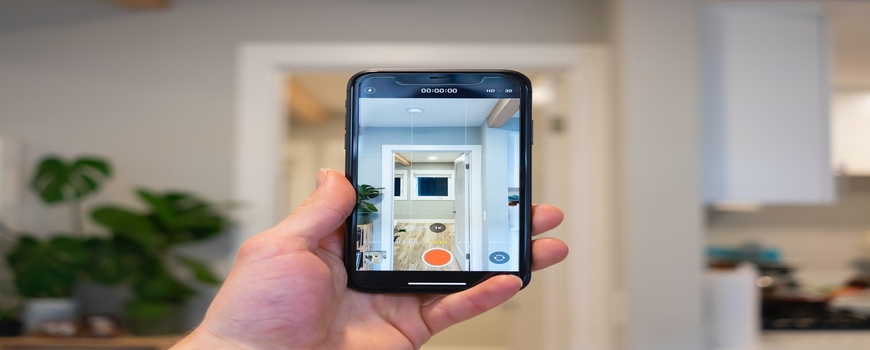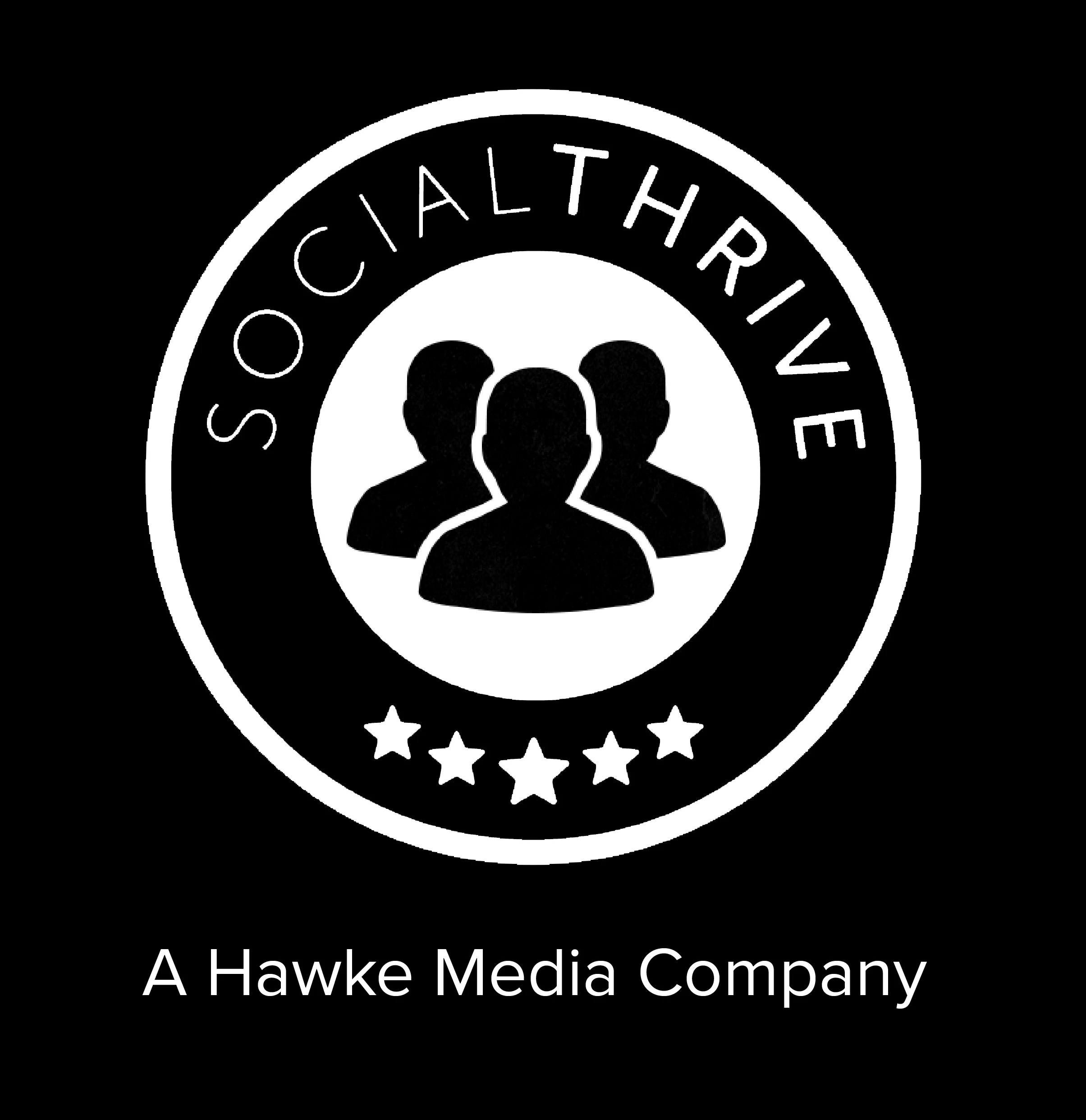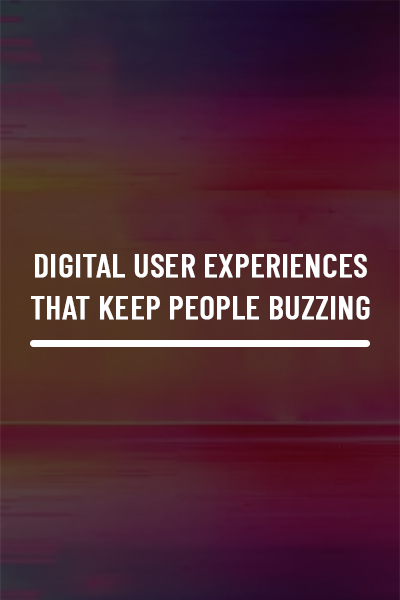
It’s Hip to be a Square
The time has again come…(*drumrolls*) for square Instagram videos! Done differently, this time, and for different reasons. Tweaked, for the now.
Everything is cyclical. The best cycles come back around with a twist; some sort of innovation. Making the “then” an option with the “since thens” and the “nows”. Music has proven this. So has fashion, from clothing to hairstyles. The technological age has sped up the rate of these cycles in most realms of our experience, from medicine to social media.
Until 2015, if you recall, Instagram only allowed square photographs. The same went for videos. Then they unleashed the portrait and widescreen modes. Just as with film photography’s evolution from square format to rectangular, this simple coding-tweak yielded unprecedented scale for the platform. “Artists” began seeing more potential for where their art could go as their posts were being shared. And they no longer had to crop out astronomical portions of their creations, if not originally square. Viewers and consumers began having a different sort of access to brands and individuals. Many have since become producers themselves, dishing out organic content that oftentimes sets the tone and trends we – as branding experts – listen to.
Up until recently, square videos were a mostly forsaken remnant of Instagram’s humble beginnings. Most of the brands creating content for Instagram or Facebook’s platforms used 16:9 (widescreen) ratio. For computer and television screens, this was an optimization no-brainer. However, on mobile devices, users must turn their screen sideways in order to view optimally. Stories and Reels have changed the game for vertical-oriented videos, taking the baton from Snapchat and allowing for full-screen videos with an upright device. These videos, though, are primarily captured via mobile devices. For pre-made content, or content shot on DSLRs/non-mobile device cameras, this form of presentation requires either 1) foresight, or 2) detachment from exactly how much of your video content you’ll have to crop out to make it fit this ratio. Maybe you just want to share an in-feed post. Instagram doesn’t even allow for a 9:16 (1080×1920) video ratio for in-feed posts, presently. That’s even more of your frame that’s now going to have to be cropped to get the 16:9 video sliced down to the 4:5 ratio (though there are ways around this that I’ll mention, in a bit).
There was a point in time when square was the only option. As widescreen and portrait orientations became more popular, the square was left behind for a bit. The almost-resurgence of square in 2018/2019, as people realized the limitations of widescreen video on an upright device, was then sidelined by the introduction of Reels and the evolution of Stories. With everyone having almost adjusted to the playing-field of the now, square video definitely still has a place of value. We now just have other options. Each category of video-presentation – from in-feed post to Reel, Story to carousel ad – has specifications that highlight the pros and cons of different video sizes.
Below, we’ll give you a couple of pros and cons of square videos:
Video/Screen Ratio
At the top of the list of reasons why square videos could benefit your goal of getting your posts shared: Video/Screen Ratio. Whereas widescreen videos take up the most space when phones are tilted, and portrait videos work well for when the phone is upright, square videos take up the same amount of space on the phone in either orientation. With square videos taking up 78% more real estate on viewer’s screens than landscape videos, viewers don’t need to adjust their phone to view the video in its largest possible in-feed rendering for their device.
Square typically used for organic videos
Many have acknowledged that square video formatting is more informal/DIY-esque. It’s been listed in some places as a deterrent to brands and businesses using square formatting for their video posts. In actuality, though, with the rise of Instagram Reels and platforms like TikTok, that cinema verité style has become more and more dominant in today’s marketplace. Given you have a good quality camera phone, it’s okay for your brand’s social media content to be sourced, at least partially, from footage captured on mobile devices. This is awesome, and makes upright fullscreen videos a new frontier being explored in the most creative ways.
There are still, though, limitations to the application of this formatting to videos. When it comes to sharing in-feed, Instagram does not currently have 16:9 formatting options. These measurements are limited to Story and Reel posts. This brings us back to the battle between widescreen, portrait or square footage renderings. See above reasons why square footage takes the win, even when it comes to cinema verité styled, mobile-device footage, when shared in-feed.
Engagement
Studies from sources like Buffer, have observed that square videos get 30-35% more video views and an 80-100% increase in engagement than landscape videos (16:9), in in-feed posts, both on Instagram and Facebook. If your goal is to have the most viewers watch your full video clip, going square makes the experience more seamless and has a lower cpc, on average, than landscape videos.
Reels and Stories are a different story (see what I did there?). Full-screen upright video capabilities make Stories and Reels feel almost more-relatable, as most consumers do not have fancy gear with which they create their content. It’s the mobile devices in their hands that serve as their main creative vehicle, at least as it relates to social media.
Cost-Per-Engagement
Depending on why or who you’re sharing content for, you may need to spend some money to increase reach. When budgeting for ad-spend, every dollar counts, correct? The pro here is less of a valuation of quality of content, and more a valuation of wise business decisions. Studies from Repurposehouse.org reveal that square videos on Instagram have a 20% lower cost-per-engagement than portrait videos, and on Facebook, it’s 3.5% more expensive to get users to interact with a portrait or horizontally-oriented video than a square video. Spending less saves you money, and/or gives you the ability to relocate those funds to further your reach with other ads, or a cup of coffee to celebrate money saved, or some other fruitful purpose.
Seamless Experience Across Devices
Instagram and Facebook have become more intertwined by the hour. Producing content for these two platforms was once a matter of speaking two different dialects of social media. It made sense to translate even video content differently, between the two platforms. As the platforms merge further, though, doubly-creating content for both Instagram and Facebook (and other platforms, potentially, outside of the Meta-family) just makes the above consciousness of efficiency and impact seem like just words. The cross-pollination of posts from one platform to the next (Facebook videos retweeted, Instagram Reels shared as Facebook Stories, etc.) synchronous formatting scales reach in a positive manner. As the ratio of Facebook users who only use the app on mobile devices continues to rise, it makes more and more sense to format videos for mobile devices when sharing on Facebook and Instagram. Add to this my above point about how much real-estate square videos take up, square videos are the most versatile approach to video presentation, across phone orientations, and across social media platforms. And it’s clear that there are a plethora of pros to formatting videos to fit a 1:1 ratio.
Ultimately, it depends on your intention and desired impact, whether you render your video posts as square, portrait or widescreen. Test it out! See what posts perform best, and then test out that style of formatting on another post, on the same platform and maybe even on another one!
1 Comment
Comments are closed.





Pingback: Image Sizes on Social Media Profiles: 2021 - Social Thrive